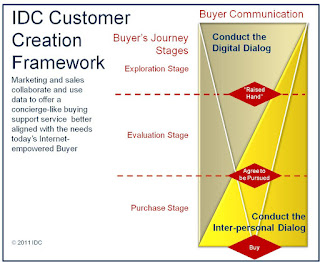Why are you delaying the start to improve patient experience and satisfaction?
In the October 2012 issue of HealthLeaders, the article "Placing your Bets" contained a chart that caught my eye regarding the ranking of the top issues that are CEO priorities over the next three years. No surprise as improving patient experience and satisfaction is the No.2 priority over the next 3 years. Just like it has been for the past couple of years. Which led me to wonder, are you out of time to start the process and do you really have three years? Don't take me wrong, there has been some total patient experience improvement activity especially by some notable and prestigious healthcare organizations. For the rest of the healthcare industry, the majority of patient experience activities have focused on one or two clinical or diagnostic services isolated from the entire patient experience first touch-point to last. Patient experience is built from the first time an individual comes in contact with you to the very last contact with all of the individual touch-point


